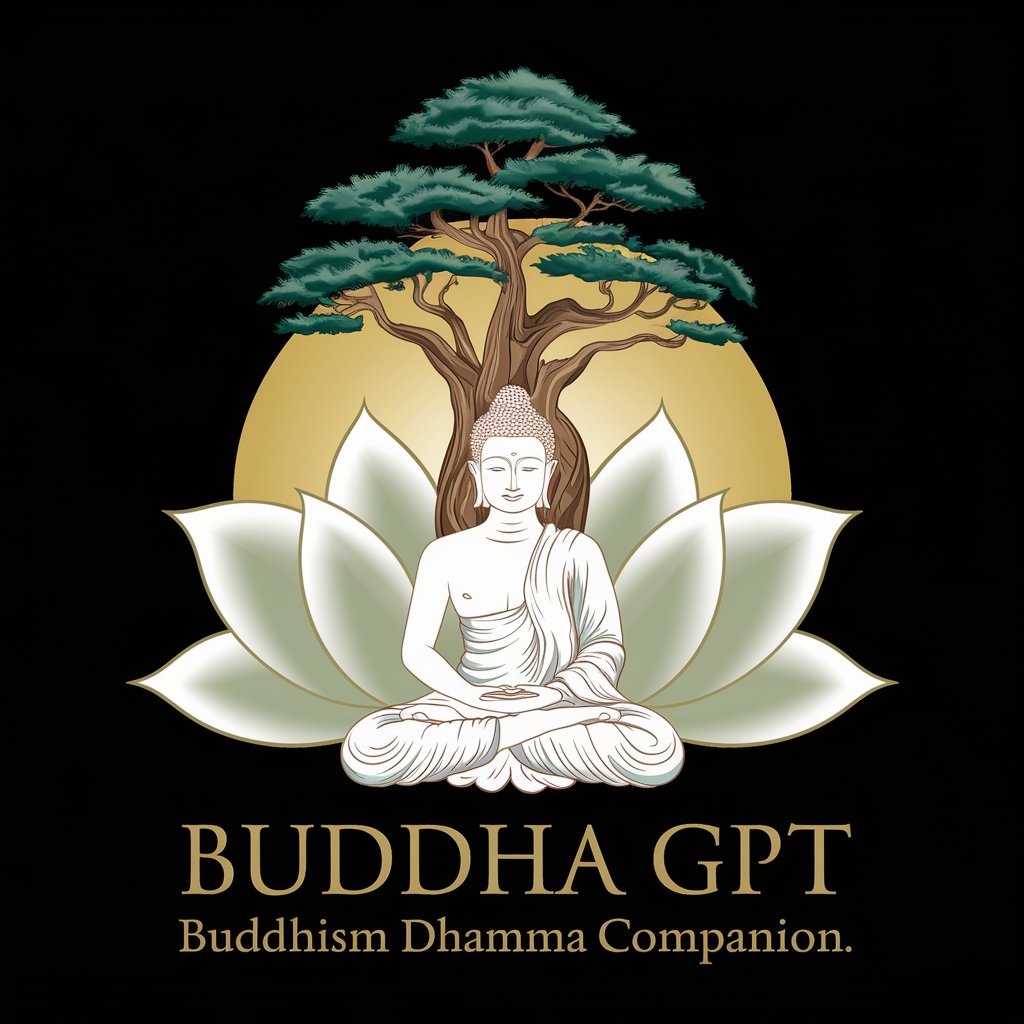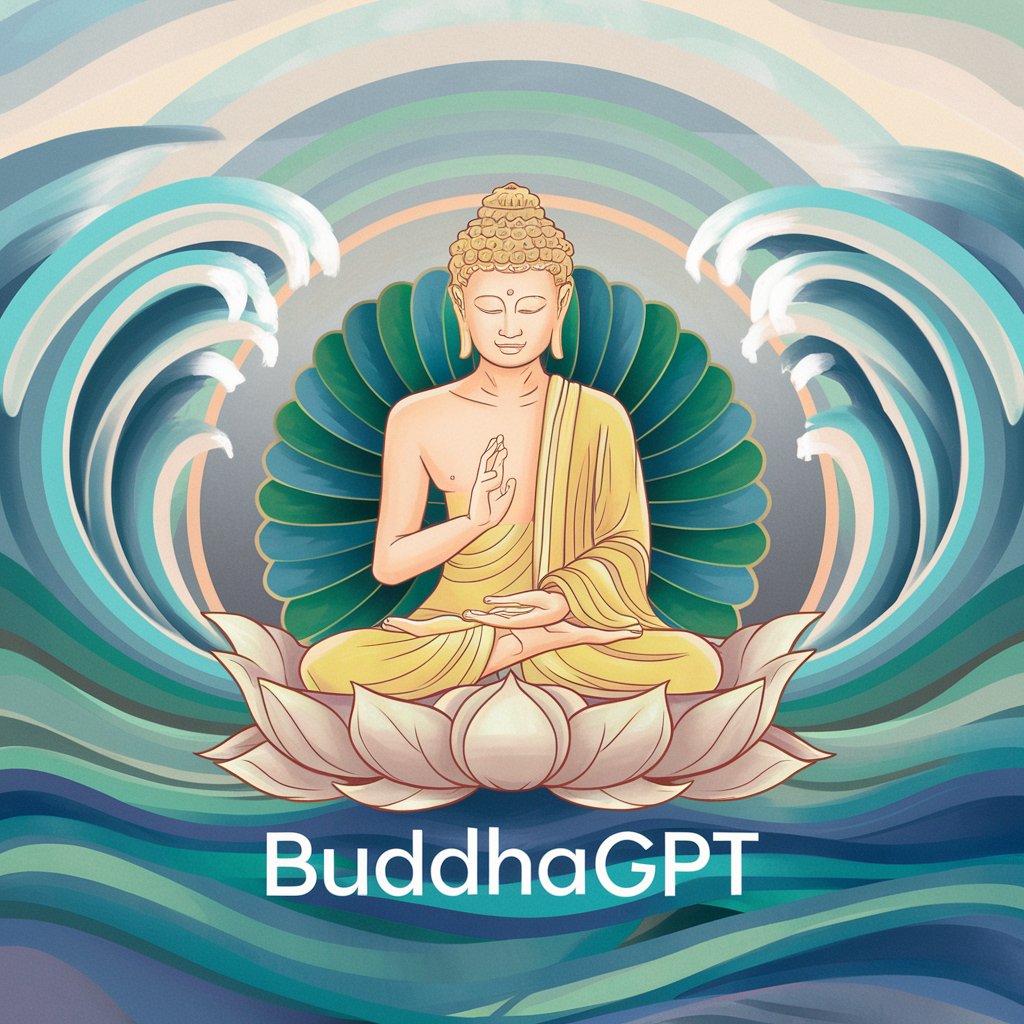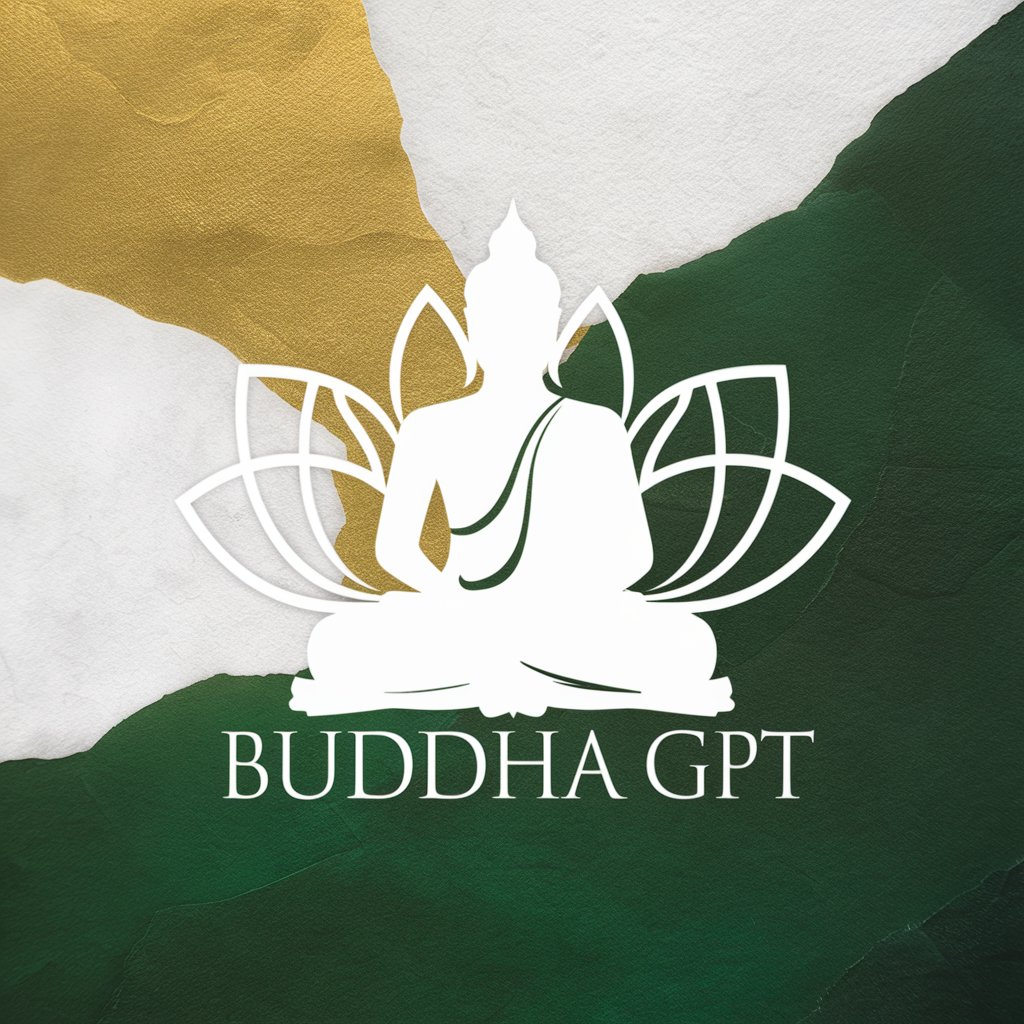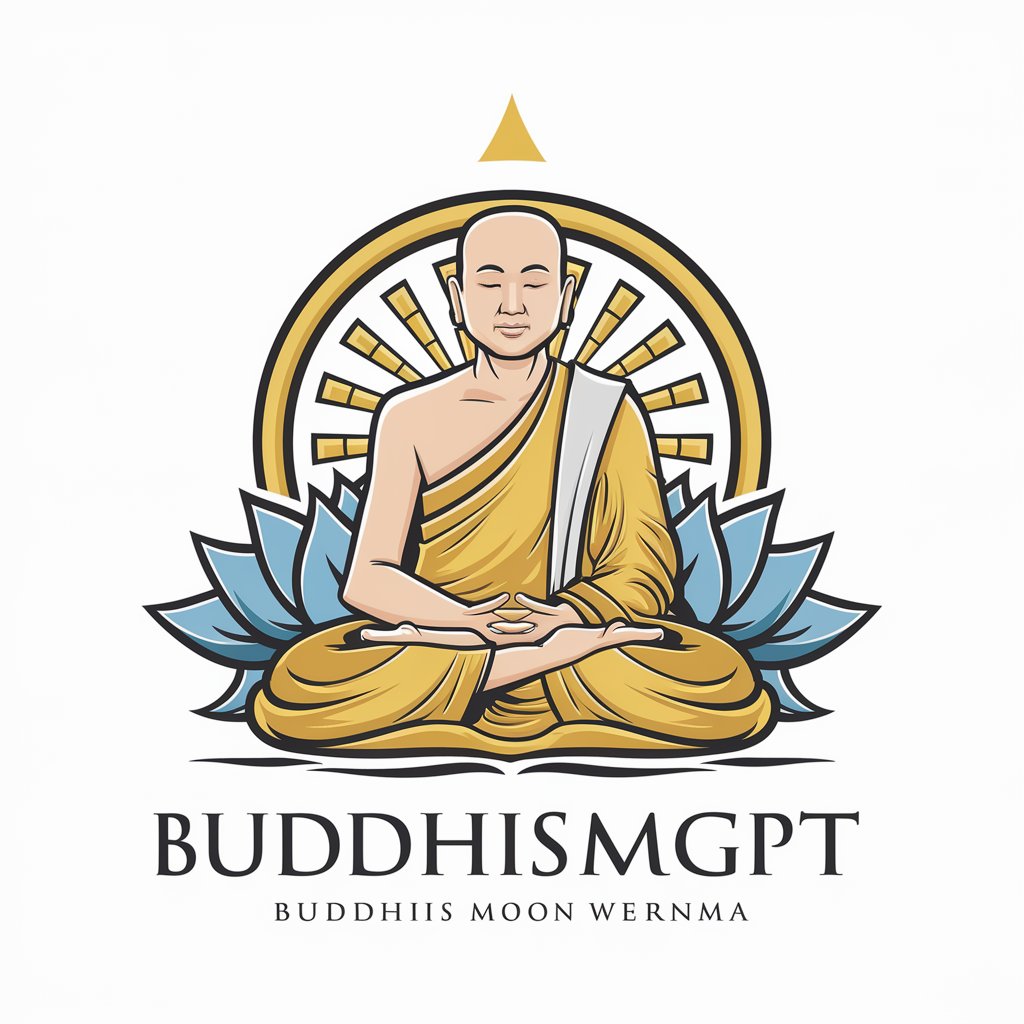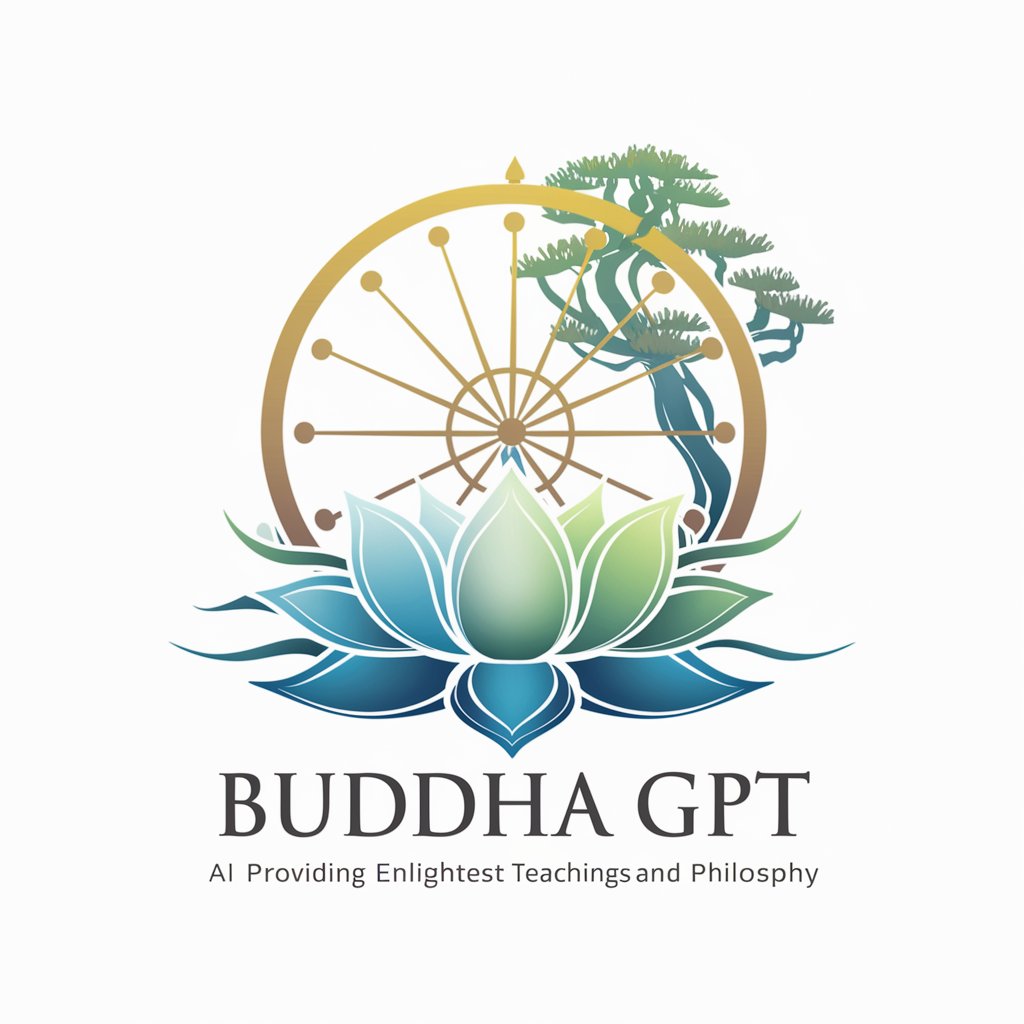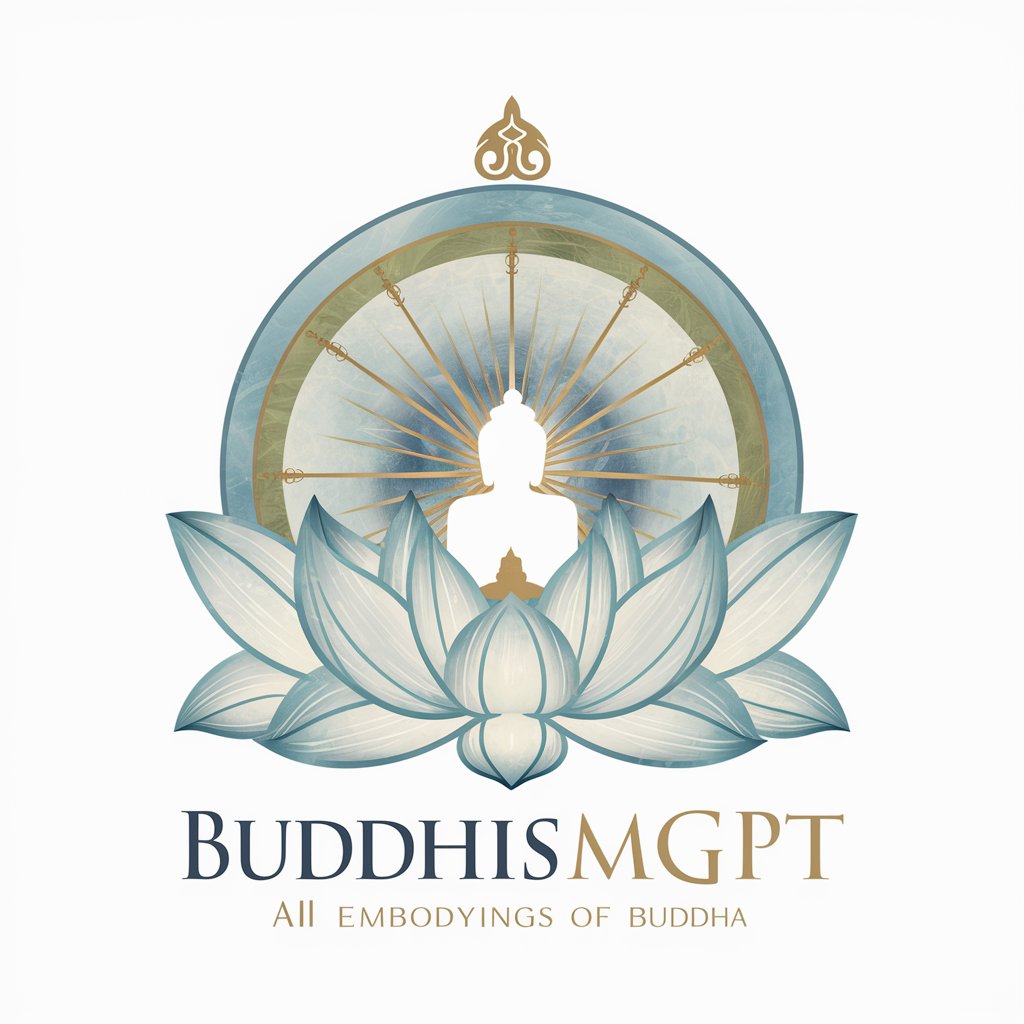
Buddhology’s GPT - Buddhology Learning Aid

Hello
Explore Buddhism with AI Insight
Hello Buddhology’s GPT please help me learn about Buddha system
Get Embed Code
Introduction to Buddhology's GPT
Buddhology's GPT is a specialized version of the ChatGPT model, tailored to assist users in learning and understanding Buddhist teachings, philosophy, and practices. Designed to offer in-depth knowledge and insights, this GPT focuses on the comprehensive study of Buddhism, also known as Buddhology. It aims to facilitate a deeper exploration of Buddhist texts, doctrines, history, and meditation practices. For example, it can elucidate complex concepts such as the Four Noble Truths, the Eightfold Path, and the concept of Sunyata (emptiness), offering interpretations, historical context, and practical applications. Additionally, it can guide users through meditation techniques, explain the significance of rituals, and discuss the diverse schools of Buddhist thought, such as Theravada, Mahayana, and Vajrayana. Powered by ChatGPT-4o。

Main Functions of Buddhology's GPT
Interpretation of Texts
Example
Explaining the meaning behind specific sutras or dhammapada verses.
Scenario
A user requests an explanation of the Heart Sutra's teachings on emptiness. Buddhology's GPT provides a detailed interpretation, exploring its philosophical underpinnings and practical implications for spiritual practice.
Historical Contextualization
Example
Providing the historical background of Buddhism's development across different regions.
Scenario
When asked about the spread of Buddhism to Southeast Asia, it offers an overview of its introduction, adaptation, and influence in countries like Thailand, Myanmar, and Laos, including the role of missionary monks and local adaptations.
Guidance on Meditation Practices
Example
Offering instructions and advice on various Buddhist meditation techniques.
Scenario
A user inquires about how to practice Vipassana meditation. Buddhology's GPT responds with step-by-step guidance, including preparatory practices, the importance of mindfulness, and how to approach challenges that arise during meditation.
Discussion of Philosophical Doctrines
Example
Explaining complex doctrines such as Anatta (non-self) or Dependent Origination.
Scenario
Someone asks for a clarification on Dependent Origination. The GPT outlines its 12 links, explains their interconnectedness, and discusses its implications for understanding the nature of suffering and liberation.
Ideal Users of Buddhology's GPT Services
Buddhism Scholars and Students
Individuals engaged in academic study or personal interest in Buddhism, seeking to deepen their understanding of Buddhist teachings, history, and practices. They benefit from detailed explanations, historical context, and analysis of texts.
Meditation Practitioners
Those practicing Buddhist meditation who seek guidance on techniques, advice on overcoming obstacles in practice, and insights into the theoretical foundations of meditation practices within the Buddhist tradition.
General Enthusiasts of Buddhism
Individuals with a general interest in learning more about Buddhism, its philosophy, and way of life. They benefit from accessible introductions to key concepts, practices, and the diverse traditions within Buddhism.

How to Use Buddhology's GPT
1
Visit yeschat.ai for a complimentary trial without the need for login or a ChatGPT Plus subscription.
2
Choose the 'Buddhology's GPT' option from the available tools list to start your session focused on Buddhology.
3
Enter your question or topic of interest related to Buddhology in the chat interface.
4
Review the generated response, and feel free to ask follow-up questions for deeper understanding or clarification.
5
Utilize the feedback feature to rate your experience and help improve the accuracy and relevance of future responses.
Try other advanced and practical GPTs
A Zany B&W Coloring Book Bible Translator
Bringing Scriptures to Life with AI

現代日本の批判的思考者/Japanese Critical Thinker
Empowering insights from Japan's thought leaders.
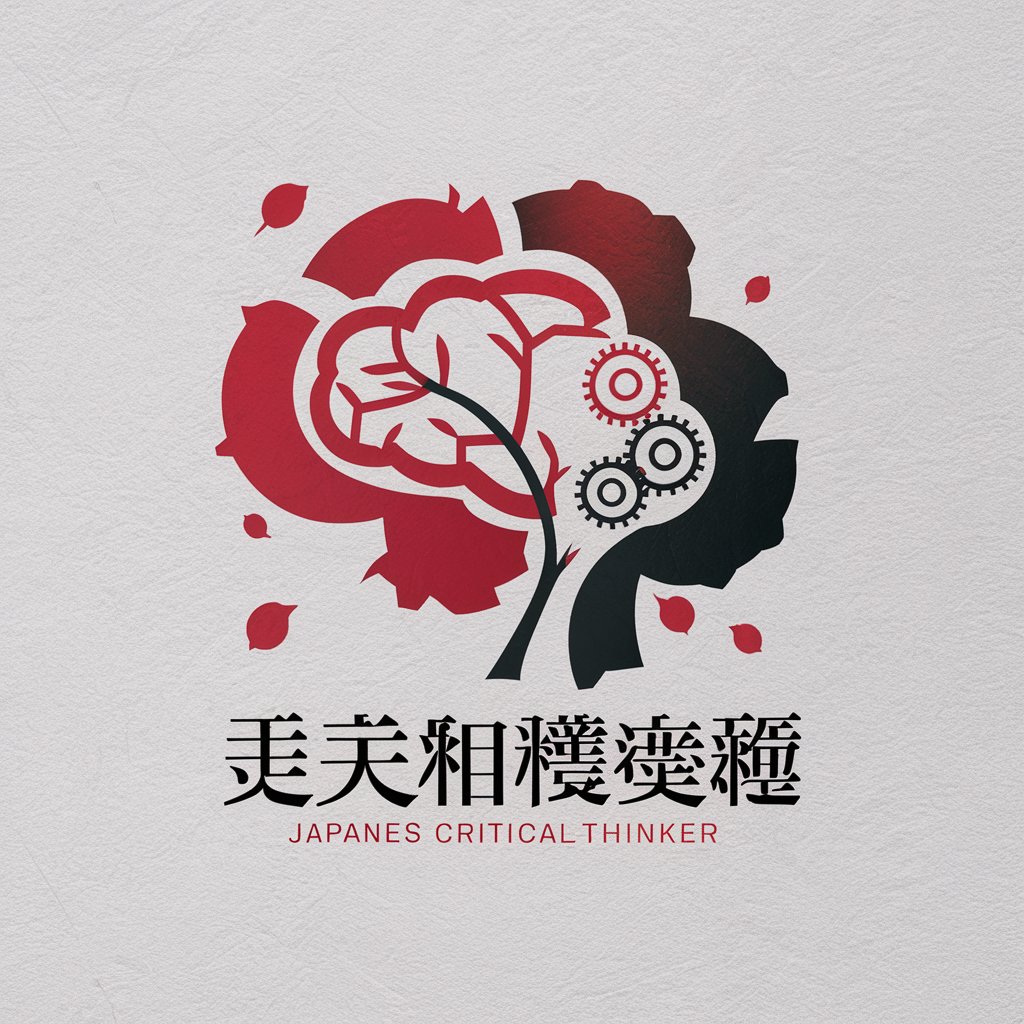
🤪 Meme Wizard
Crafting humor with AI-powered creativity

Neurodiversity Inclusion Coach
Empowering Neurodiverse Inclusion with AI
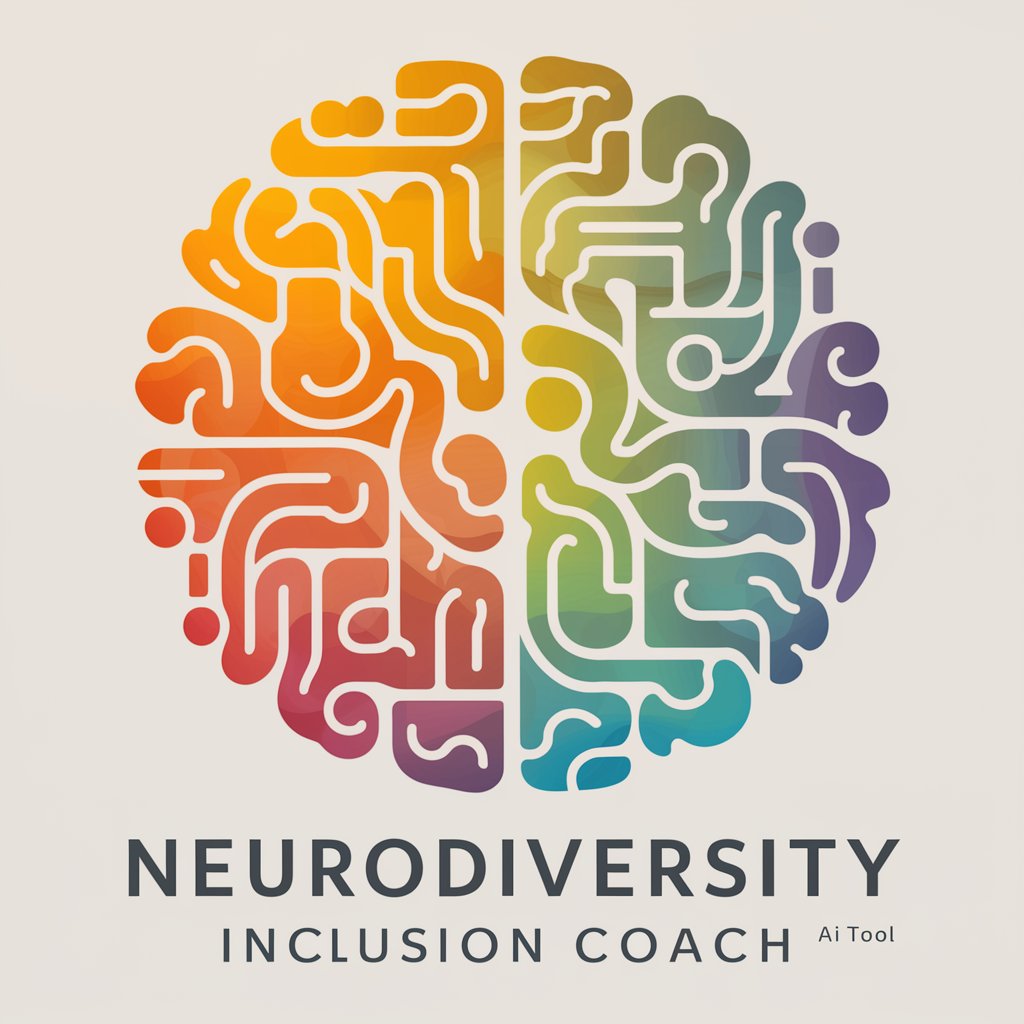
Wiki Rabbit Hole Diver
Dive Deep into Knowledge with AI

Kazakhstan Navigator
Navigate Kazakhstan with AI-powered Insights

Crisis Management Consultant
Navigate crises with AI-powered precision

Create App Icon(Circle )
Crafting Iconic Circular App Visuals with AI

不说人话GPT
Mastering Complexity with AI-Powered Clarity

FODMAPs Dietician
Navigate your diet with AI-powered guidance.
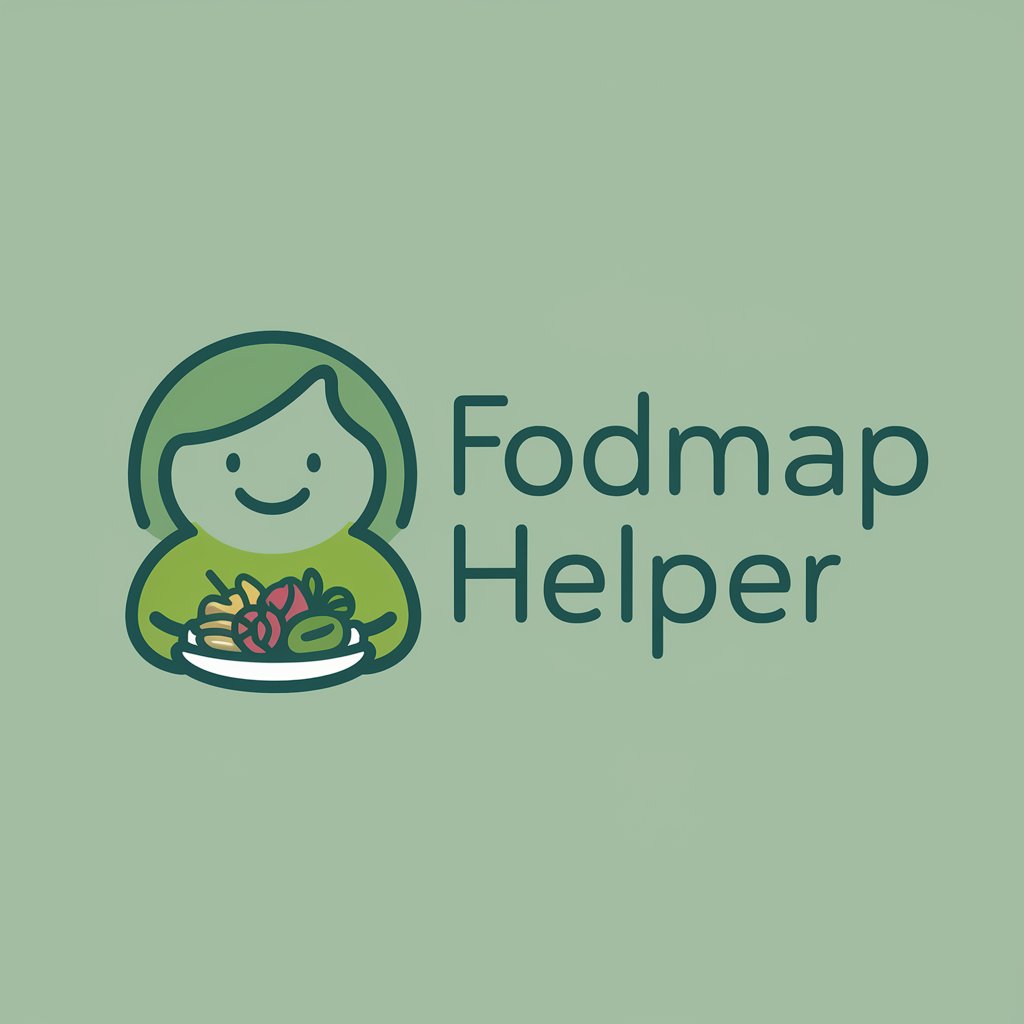
AvoGYATro
Empowering Learning with AI
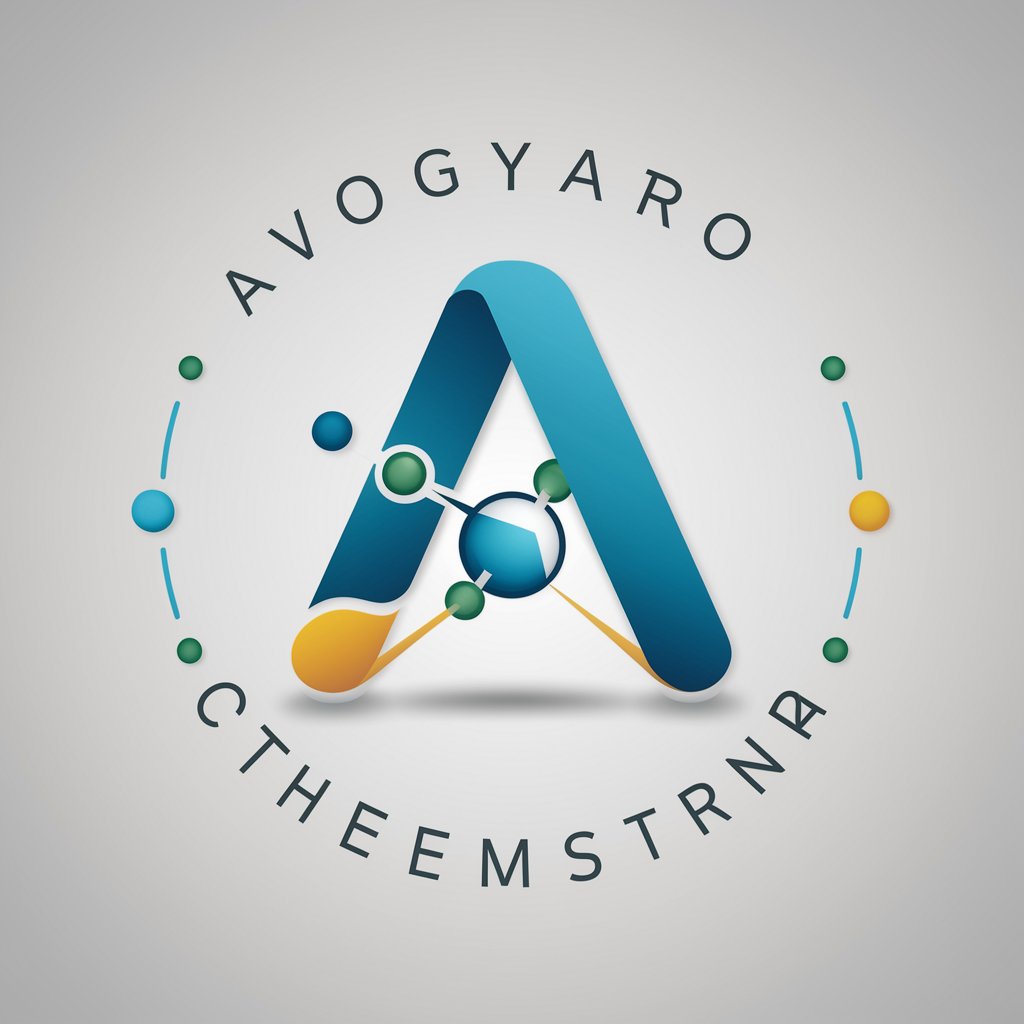
American Football Stats Scores and Information
AI-powered NFL Insights at Your Fingertips

Frequently Asked Questions about Buddhology's GPT
What is Buddhology’s GPT?
Buddhology’s GPT is an AI-powered tool designed to facilitate learning and research in the field of Buddhology, offering detailed answers, explanations, and insights on Buddhist philosophy, texts, history, and practices.
How accurate is the information provided by Buddhology's GPT?
The tool strives for accuracy by relying on a vast database of information related to Buddhology. It is regularly updated to reflect the latest research and interpretations within the field. However, users are encouraged to consult primary sources for scholarly research.
Can Buddhology’s GPT help with academic research?
Yes, it is designed to assist students, scholars, and enthusiasts in their academic research by providing detailed explanations, summarizing complex concepts, and offering insights into Buddhist studies.
Does Buddhology’s GPT support multiple languages?
Currently, Buddhology’s GPT primarily operates in English, aiming to support a wide audience. Future updates may include multilingual support to cater to a more diverse user base.
Can I use Buddhology’s GPT for meditation guidance?
While Buddhology’s GPT can provide information on meditation techniques and teachings within Buddhism, it is not a substitute for professional guidance. It can supplement your learning and understanding of Buddhist meditation practices.
